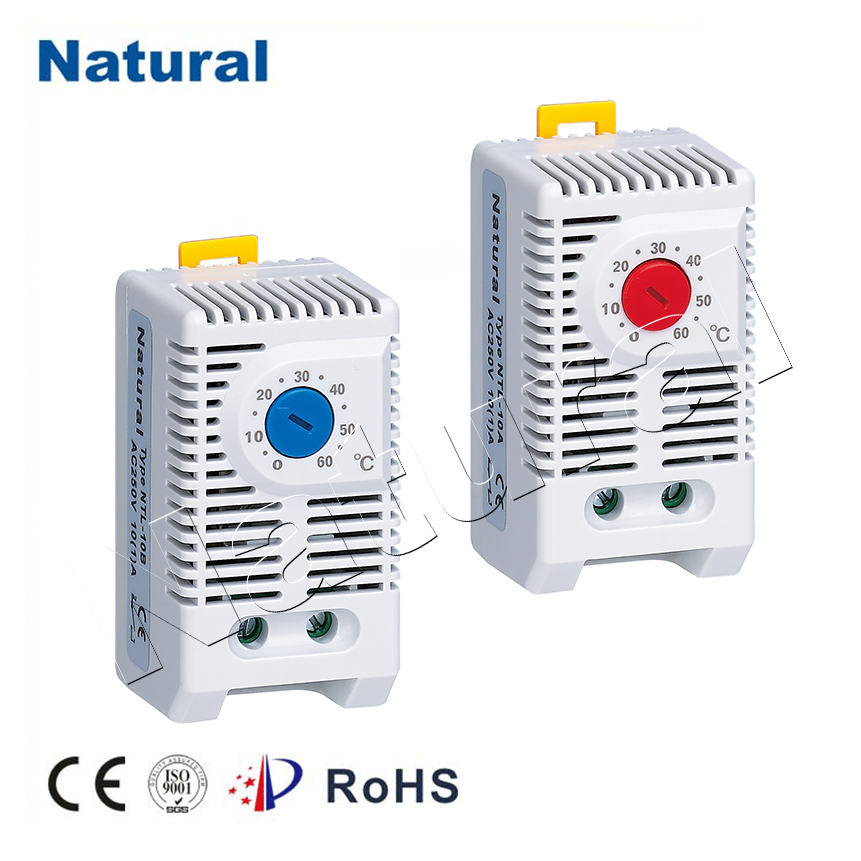Thermostats: A Crucial Component of Comfort and Energy Management

In the realm of modern home comfort and energy management, thermostats play an indispensable role. These unassuming devices quietly regulate our indoor climate, ensuring our spaces are always at the perfect temperature. However, the history of thermostats is a testament to the relentless pursuit of energy efficiency and technological innovation. In this article, we will take a journey through time, exploring the evolution of thermostats from their humble beginnings to their current state of advanced, smart technology. The Humble Beginnings: Bimetallic Thermostats The earliest thermostats were simple bimetallic devices, consisting of two different metals bonded together. As temperature changed, the metals expanded or contracted at different rates, causing the device to bend. This movement, in turn, would activate or deactivate a heating or cooling system. These early thermostats were effective but far from precise. They lacked the sophistication needed for fine-tuned climate control. The Birth of Precision: Mercury Thermostats Mercury thermostats, introduced in the mid-20th century, marked a significant advancement. These devices utilized the unique properties of mercury, which expands and contracts uniformly with temperature changes. This provided a higher level of precision and accuracy in controlling indoor climates. However, they had environmental drawbacks due to the toxic nature of mercury, which led to their eventual phasing out. The Digital Revolution: Programmable Thermostats The digital era brought about programmable thermostats. These devices allowed homeowners to set specific temperature schedules, optimizing comfort and energy consumption. Programmable thermostats were a step forward in energy efficiency, as they could automatically adjust temperatures when occupants were away or asleep, reducing unnecessary heating or cooling. The Smart Thermostat Revolution In recent years, smart thermostats have taken center stage. These Internet-connected devices are the pinnacle of thermostat technology, offering a wide range of features that enhance both comfort and energy efficiency. Here are some key attributes of smart thermostats: Remote Control: Smart thermostats can be controlled remotely via smartphone apps. This allows homeowners to adjust settings from anywhere, ensuring their homes are comfortable upon arrival. Learning Capabilities: Many smart thermostats have learning algorithms that adapt to user behavior. They can anticipate temperature preferences and automatically adjust settings to optimize comfort and energy savings. Integration: Smart thermostats often integrate with other smart home devices, such as voice assistants, weather apps, and occupancy sensors. This seamless connectivity enhances overall home automation and energy management. Energy Reports: Users receive detailed energy reports, helping them understand their consumption patterns and make informed decisions to reduce energy waste. Geofencing: Smart thermostats can use the location of occupants’ smartphones to determine whether they are at home or away, adjusting temperatures accordingly. The Future of Thermostats: Sustainability and Efficiency Looking ahead, the future of thermostats is undoubtedly focused on sustainability and efficiency. As climate change concerns intensify, there is growing emphasis on reducing energy consumption and greenhouse gas emissions. Future thermostats are likely to feature: Energy-Optimized AI: Advanced artificial intelligence will continue to improve the efficiency of thermostat operations, fine-tuning settings to minimize energy use while maintaining comfort. Renewable Energy Integration: Thermostats may integrate with renewable energy sources, such as solar panels and wind turbines, to prioritize clean energy usage. Enhanced User Engagement: User-friendly interfaces and gamification elements may encourage users to actively participate in energy-saving efforts. Environmental Sensing: Thermostats could incorporate environmental sensors to consider factors like outdoor air quality when making climate control decisions. Government Initiatives: Government regulations and incentives may drive the development of more energy-efficient thermostat technology. In conclusion, the evolution of thermostats reflects our ongoing quest for greater comfort and energy efficiency. From simple bimetallic devices to the cutting-edge smart thermostats of today, these unassuming gadgets have come a long way. With technology advancing at a rapid pace, we can expect thermostats of the future to play an even more significant role in promoting sustainability and reducing our carbon footprint. As we strive to create a greener and more comfortable world, thermostats will undoubtedly remain a vital component of our journey.